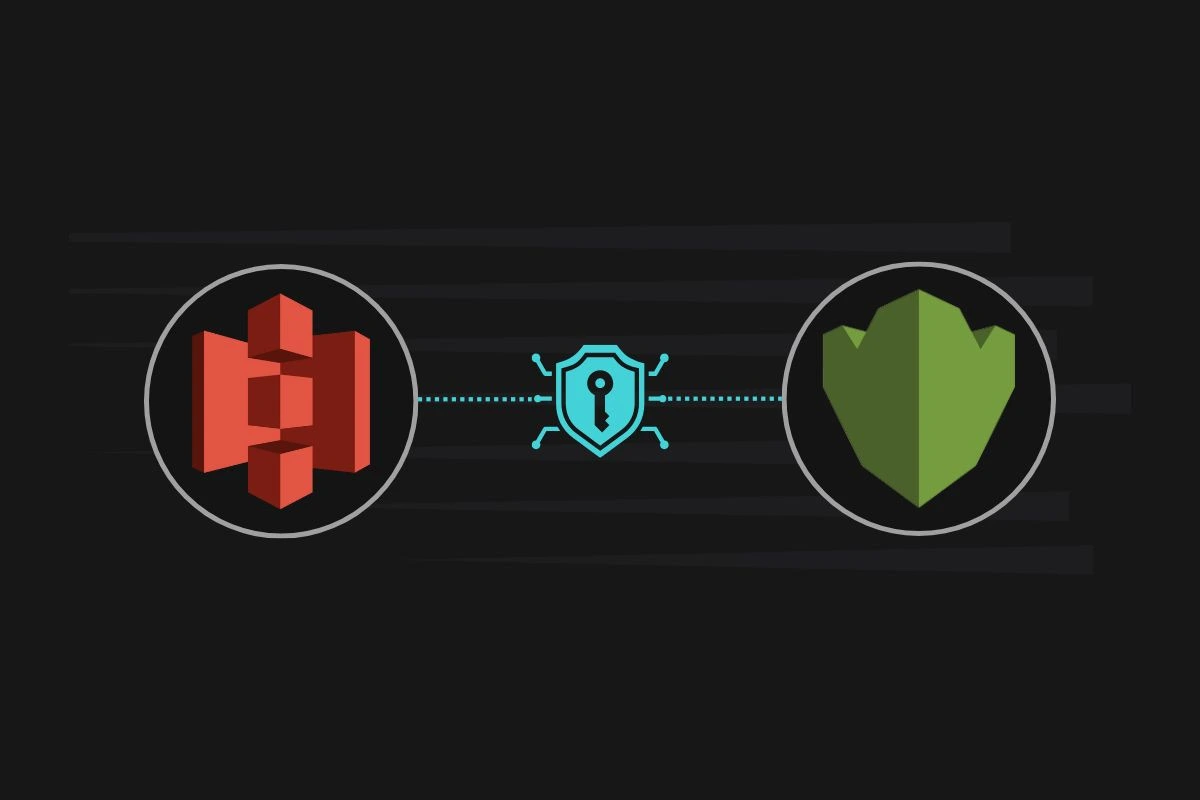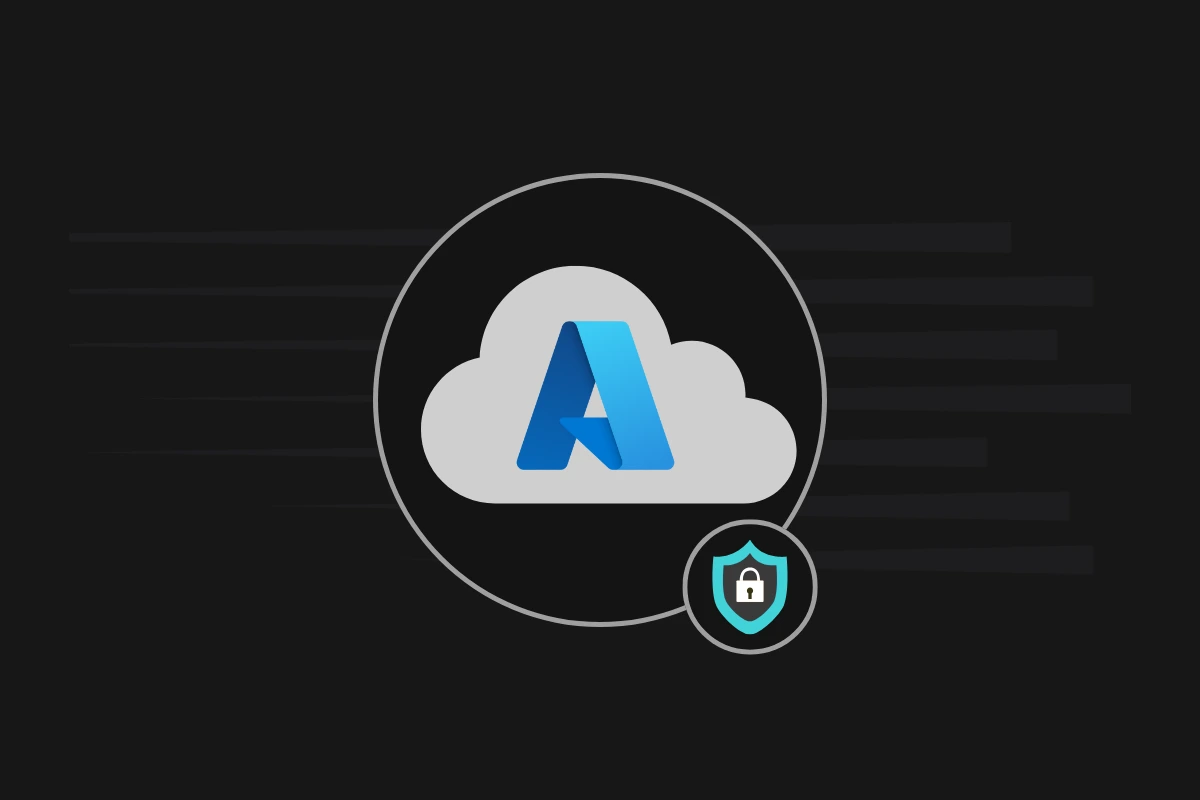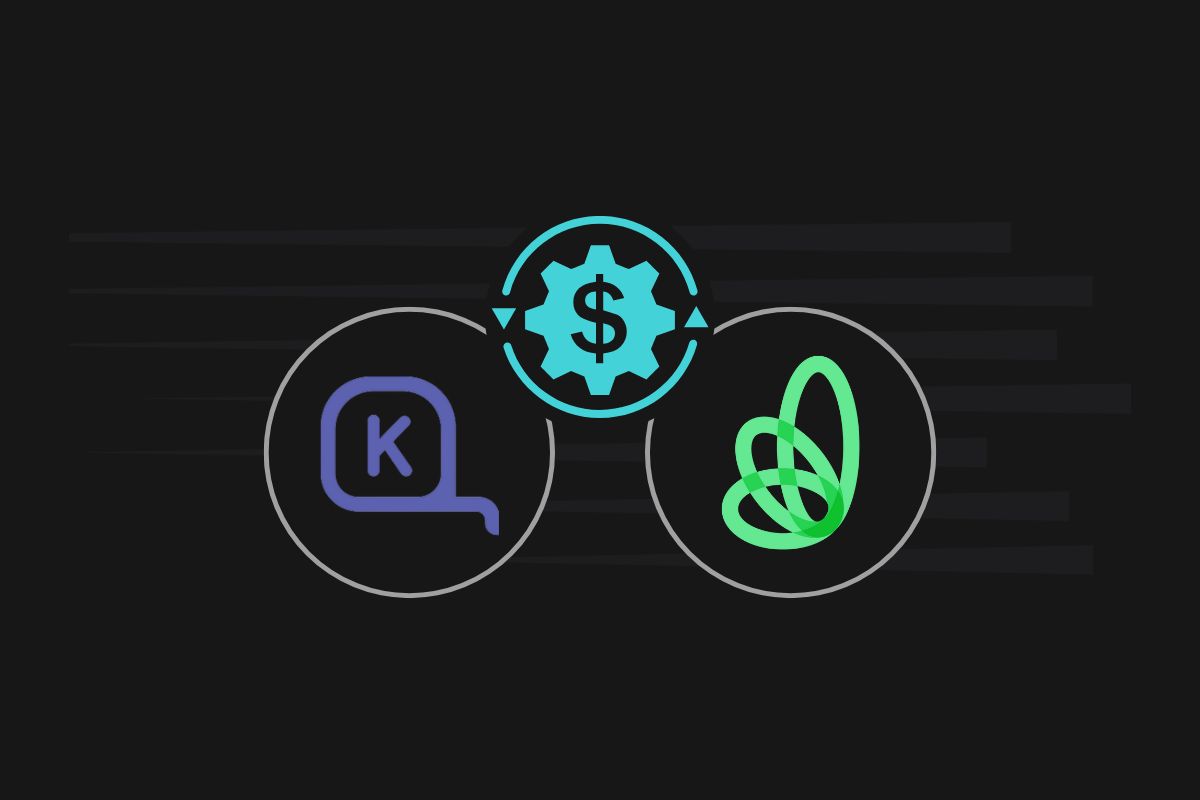- Home /
- DevSecOps /
- Infrastructure Security & Management
Infrastructure Security & Management
Infrastructure security and management are foundational elements in ensuring that cloud-based and on-premises systems are protected from threats. At IAMOPS, we deliver advanced infrastructure security management solutions that safeguard your environments—from code repositories and containers to networks, cloud assets, and runtime environments—while ensuring consistent and compliant configurations using Infrastructure as Code (IaC) practices.
Our approach integrates seamlessly into CI/CD pipelines and DevOps workflows, embedding security from the start without slowing down innovation. As cloud-native development expands, so do the potential attack surfaces. Misconfigured resources, excessive permissions, unpatched services, and unsecured APIs can all introduce vulnerabilities. IAMOPS mitigates these risks by automating security checks within your DevOps workflows, helping you implement zero-trust architecture, and ensuring continuous protection of your critical infrastructure.
With expertise across SaaS, fintech, healthtech, and enterprise platforms, we bring a DevSecOps-first mindset that enables proactive, automated, and scalable protection—transforming secure infrastructure into a catalyst for sustainable growth.
Our DevSecOps Infrastructure Security Services
Network and Resource
Segmentation
We segregate sensitive environments and enforce strict access controls to reduce risk and strengthen your infrastructure’s security posture. This includes auditing IAM roles, firewall rules, and security groups to align with zero-trust principles and best practices.
What we implement:
- Automatically create Virtual Private Clouds (VPCs) with private and public subnets using Terraform and Pulumi to isolate data and workloads.
- Apply firewall, VPC, and security group reviews during audits to ensure secure network segmentation.
- Set up security groups and Network Access Control Lists (NACLs) via IaC to enforce precise access policies.
- Use IaC tools to provision VPN Gateways or Direct Connect for private connectivity between on-prem and cloud environments.
Automated
Configuration and Compliance Enforcement
Security configurations and compliance policies are enforced programmatically using Infrastructure as Code, ensuring scalable and consistent security.
What we deliver:
- Configure firewall rules using AWS CloudFormation and enforce IAM role assignments with Terraform.
- Apply AWS Config rules and CloudTrail for continuous compliance and logging of all API actions.
- Enforce encryption policies with AWS KMS and detect unencrypted resources (e.g., S3, EBS) with automatic remediation triggers.
- Deploy AWS WAF via IaC to defend against OWASP Top 10 threats.
- Leverage AWS Organizations’ SCPs to restrict the use of unapproved instance types.
- Enable remediation workflows using Lambda functions and AWS Systems Manager Automation.
- Implement Conformance Packs to detect and remediate infrastructure drift across AWS accounts.
Regular
Vulnerability Scanning and Patch Management
We continuously scan your infrastructure to identify vulnerabilities and automatically patch and update systems, securing them against evolving threats.
What we deliver:
- Run automated scans on Terraform and CloudFormation templates using Checkov and Snyk.
- Integrate AWS Inspector or Qualys for in-depth EC2 and container vulnerability analysis.
- Automate patching workflows using AWS Systems Manager Patch Manager for OS and app layers.
- Securely manage secrets using HashiCorp Vault, AWS Secrets Manager, and ensure automatic rotation with IaC integrations.
Continuous
Security in CI/CD
We embed security checks directly into CI/CD workflows, ensuring your infrastructure code is scanned, validated, and compliant before deployment.
Our services include:
- IaC scanning using tools like tfsec, Checkov.
- Policy-as-Code enforcement using OPA or Sentinel.
- Pre-deployment security gates in your CI/CD pipelines.
- Real-time alerts for any insecure configurations or drifts.
Threat Detection &
Real-Time Monitoring
IAMOPS configures continuous monitoring tools that provide early warnings of suspicious behavior or misconfigurations across your cloud environment.
Key capabilities:
- Integrate cloud-native tools like AWS GuardDuty, Azure Defender, and GCP Security Command Center for real-time visibility.
- Set up intrusion detection systems (IDS/IPS).
- Connect SIEM platforms and build actionable dashboards for alerting and forensic analysis.
Compliance-Driven
Infrastructure Management
We ensure your infrastructure complies with leading standards including ISO 27001, ISO 27701, and GDPR.
Compliance-focused practices:
- Maintain access logs and audit trails to support traceability.
- Automate policy enforcement through IaC and tagging.
- Establish secure backups and disaster recovery workflows.
- Generate reports and documentation to prepare for audits.
Benefits
Enhanced Security Against Threats
Reduced risk of unauthorized access and data breaches.
Faster and Secure Deployments
Built-in security within IaC allows rapid, consistent infrastructure provisioning without compromising security.
Proactive Threat Mitigation
Continuous monitoring, automated updates, and vulnerability scanning prevent security gaps before they become critical threats.
Compliance and Audit Readiness
Automated enforcement of security policies ensures adherence to industry standards and regulatory requirements.
Get Secure, Stay Agile, And Grow with Confidence.
IAMOPS transforms how you manage and secure your cloud infrastructure. With infrastructure security built into your DevOps lifecycle, you can move fast, stay compliant, and protect your business-critical systems—at every stage.
Book your free DevSecOps consultation with IAMOPS today.
Our success stories
Frequently Asked Questions (FAQ's)
What’s the difference between infrastructure security and application security?
Infrastructure security focuses on securing the underlying systems (cloud, VMs, containers, networks), while application security focuses on the code and logic of your software.
Do you only work with AWS or support multi-cloud?
IAMOPS supports AWS, Azure, GCP, and hybrid environments. We’re cloud-agnostic and tailor security solutions to your stack.
Can you integrate security into our existing DevOps pipelines?
Yes. We work directly with your CI/CD tools like GitHub Actions, GitLab CI, Jenkins, or CircleCI to embed infrastructure security checks and policies.
What standards do you align infrastructure security with?
We align your infrastructure with standards like ISO 27001, ISO 27701, GDPR, and your specific regulatory needs.
How fast can we get started?
You can start with a security assessment within a week. We offer flexible packages for audits, remediation, automation, and long-term managed DevSecOps services.










